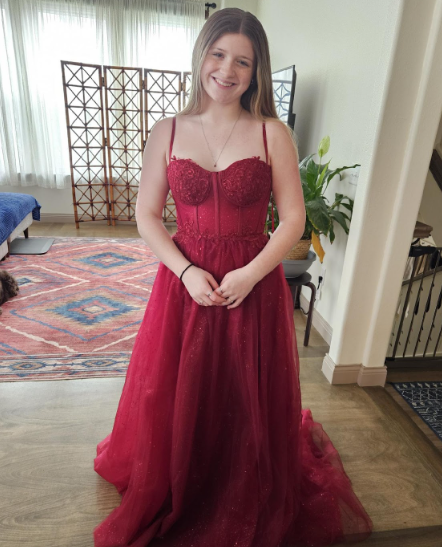An average of 30 students unenroll from South every year. Some move states, some move schools, but the few who remain in town disappear from school rosters and into the unknown listed as “home-schooled” on state records. But what truly happens to those students?
Counseling department director Pat Cannon said that it’s hard to know.
“They say they’re being withdrawn to home-school, but then it’s up to the parents and the student to actually follow through with that,” Cannon said.
Home-schools are not regulated in Indiana, so there is no control or oversight of students who say they are withdrawing to home-school. As soon as a student leaves South, the school is no longer required to monitor their status of schooling. To some people, transferring to home-school, whether legitimate or not, is a more attractive label than dropping out. However, the end result may not be all that different.
“Sometimes, I know students withdraw to home-school and do absolutely nothing,” said Cannon.
Occasionally, they withdraw to legitimately begin home-school or resume home-school such as Carolyn Mirer did.
Mirer was home-schooled from first grade until ninth grade, but she wanted a change of scenery for her sophomore year.
“I just wanted to try something new,” she said.
She enrolled on South rosters, took South classes, and was immersed in what most people would call a traditional high school experience. As one would imagine, she said that it was a significant change to adjust to.
“It was hard, because being home-schooled, it’s a lot more flexible,” Mirer said.
One of the biggest adjustments Mirer had to make was getting used to the amount of homework assigned per night. As a home-schooler, she was used to a full day of study, but after her school day finished at 4 p.m., she was done for the day.
“[At South], you go to school all day, and then you go home and you have homework to do for hours, that’s kind of a pain,” she said.
Mirer switched back to home-schooling after completing her sophomore year at South, but she said she enjoyed her time in public school.
Another reason for unenrolling is transferring to an alternate school.
Justin Robertson-Goodman left South during his senior year to continue his education at Broadview Adult Learning Center, which offers classes to help students prepare to take their GED test.
Robertson-Goodman says that he struggled in his years at South, and flourished during his time at Broadview.
“It felt like I wasn’t really getting the attention a student should get from a teacher to help them get better grades [at South], but at Broadview, I got that opportunity.”
The lack of assistance provided at South was a significant issue for Robertson-Goodman. He explained that he had bad experiences with certain teachers and certain classes, and the thought of another year at South motivated him to transfer. At Broadview, he didn’t have to spend nearly another year in school.
“I was at Broadview for two weeks before I graduated and got my GED,” Robertson-Goodman said.
For students such as Robertson-Goodman, who don’t want to finish off their high school career at South, or need an accelerated schedule, adult learning or alternative learning schools are a good option.
“I would like to advise a lot of other people to consider other education besides from public schools. Give the high school equivalency a chance, because I went and accomplished in two weeks what I sat here through four years,” said Robertson-Goodman.
Cannon believes that a student’s best option is always to remain at South, so he and the rest of the counseling department will always try to keep them in school at South. However, if they are adamant about leaving, Cannon agreed that alternative schools are a respectable second choice.
“There’s a lot of alternative schools that aren’t what you and I would consider a typical school environment… I wish more kids would take advantage of that program.”
Bloomington South has a consistent graduation rate of about 95%, pulling a 96.05% graduation rate in 2019. That rate is fairly high for Indiana, significantly higher than the average Indiana graduation rate of 87%, and even higher than the average U.S. graduation rate of 84.6%.
The fact that South does have such a high graduation rate is a good sign, but traditional graduation is not for everyone.
To most people, public high schools like South are the only secondary education path they consider to move towards their future. But some, like Mirer and Robertson-Goodman, don’t feel that traditional education is the right choice for them. They are unregistered and unknown on official records, but unofficially, they have productive and successful educational experiences in a variety of forms.

